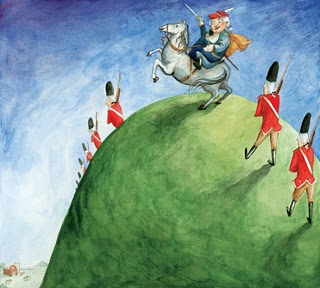Coaching your clients to be better leaders
Do you ever talk to your clients about leadership? How do they react? I bet a lot of them don't see themselves as leaders – even though they are.
Try explaining that leadership doesn’t mean they have to suddenly become Napoleon or Gandhi, but it might help them to understand what leadership looks like and do the things that leadership requires. The quality of the leadership will to a large extent decide the success of a business.
Google returns over 244 million pages when you search for “leadership books”. Amazon returns over 60,000 titles. The subject has been fascinating people for thousands of years. We all know it when we see it, and recognise when it is absent, but a practical, implementable definition remains elusive.
The development of leadership thinking and research over the last few decades can be summarised as:
- First, people started by examining leadership traits
- Leaders were born
- Certain traits recurred, like intelligence, empathy, confidence
- However, the traits used varied from leader to leader, from day to day – and possession of all of them didn’t necessarily mean someone was a good leader. So researchers moved on to analyse leadership behaviours
- Did good leaders tell or sell their wishes?
- Did good leaders treat their followers like slaves or like equals?
- Did good leaders focus on task outcomes or on developing the team and the individuals?
- Once again, the research failed to come up with any definitive answers. Latterly, researchers have been working on descriptions of the way effective leaders alter their behaviour in different situations
So, after millennia of trying to answer the question “How can I become a better leader” the scientifically correct but managerially useless answer is “It all depends…”.
So how should you help your SME owner clients to develop their leadership skills? You could suggest they think of their role as turning vision into reality:
- Give purpose and context to their employees’ activities
- Communicate the Vision.
- Keep it simple and consistent. Leaders must protect their employees from the complex, shifting picture of their business that they have in their head
- Define and exemplify the values and beliefs they want for the organisation and their employees
- Link individual roles and tasks to the bigger picture
- Keep it simple. The ideal is one key result area measured by one number for each role – in practice most roles will have two or three of these
- Communicate the Vision.
- Enable their employees to succeed
- Provide the necessary resources
- Implement structure, process, system and routine
- Give their employees autonomy
- Help them develop their role and their capability
- Take every opportunity to delegate
- Don’t interfere – coach. Your client's aim as a leader is to develop other leaders, not to control every action of every employee so that they do it exactly the way your client would
If you’d like to learn more about techniques for coaching your clients in leadership and management skills then you'll find loads of resources to help you do this on www.businesscoachkit.com
Based on an original post on my site www.nickbettes.co.uk





Comments
Post a Comment